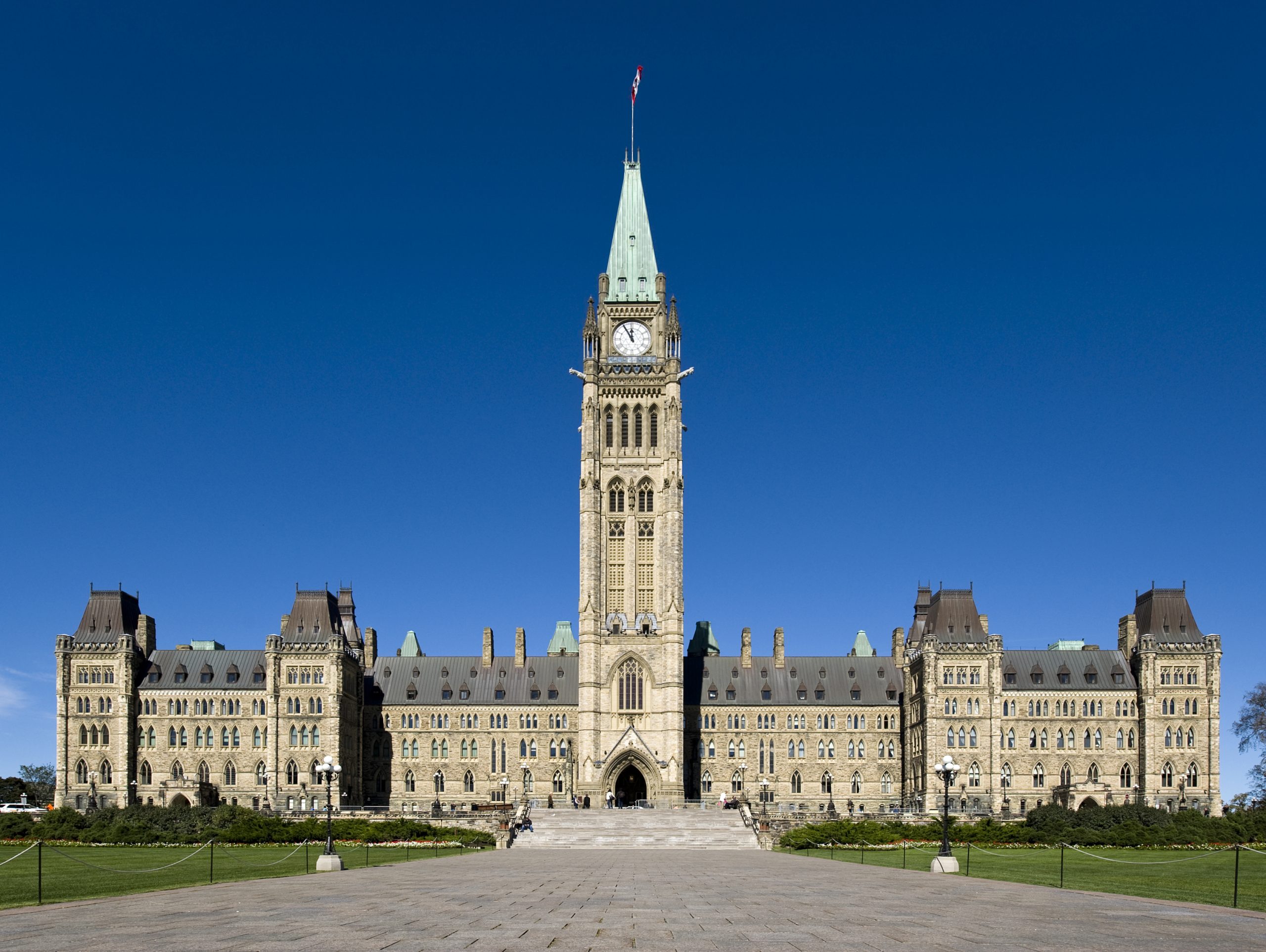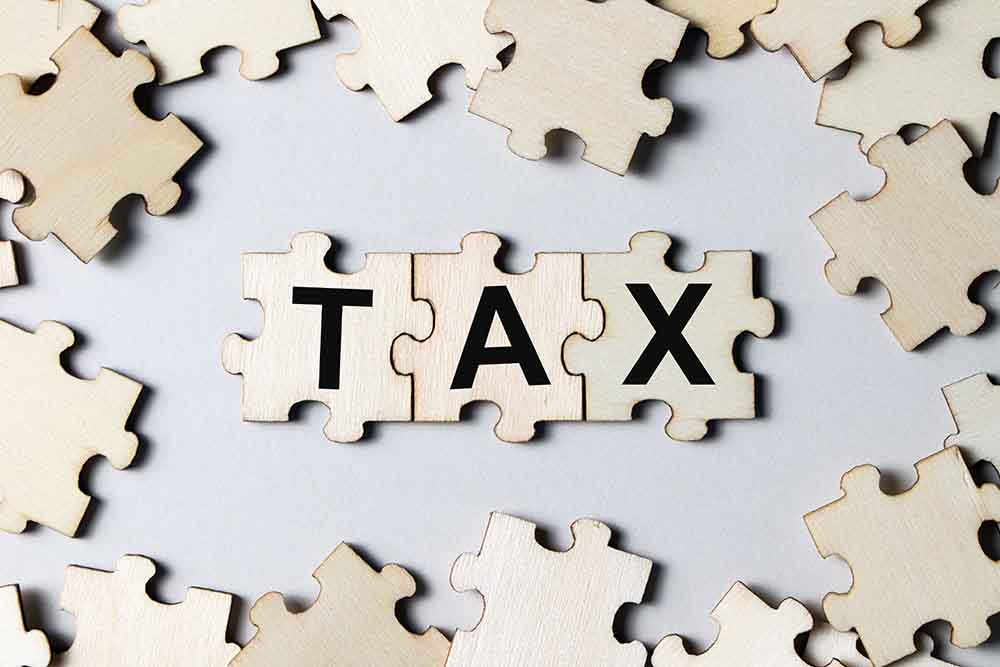Canada’s first federal transfer payments to the provinces began in 1867, the very year of Confederation. They were, indeed, stipulated in the British North America Act. The first payments went to New Brunswick — not because of any culture of despair in Atlantic Canada but rather because Confederation itself took away 75 per cent of the province’s income. The BNA Act gave the federal government exclusive access to customs duties, which had provided three-quarters of the revenues collected by New Brunswick and Nova Scotia (which got its first federal transfer payments in 1869). In contrast, perhaps predictably, Confederation deprived Ontario and Quebec of only 45 per cent of their revenues. In the beginning, in other words, Canada entrenched in its constitution a permanent fiscal imbalance — nationally and interprovincially, too.
The BNA Act assigned sovereign tax authority to the federal government — any means of taxation and all means of taxation. It assigned a limited tax authority to the provinces. It permitted the four original provinces to raise revenue only through direct taxation, terminology nicely defined by John Stuart Mill, the 19th century philosopher: “A direct tax is one which is demanded from the very person who is intended or desired should pay it. An indirect tax is one demanded from one person in the expectation and intention that he shall indemnify himself at the expense of another.” In the intervening years, Canadian courts have confirmed that income taxes, estate taxes, property taxes and sales taxes are all mechanisms of direct taxation — even though sales taxes are administered as a tax on merchants who “indemnify themselves” — pass it along — to consumers.
In 1867, Ontario and Quebec already collected 25 per cent of their revenues from property taxes; New Brunswick and Nova Scotia, only 7 per cent. Although entitled from the beginning to levy personal income taxes, they could have done so only at risk of armed insurrection. One provincial legislator put it this way as recently as 1912: “Although we are hampered by the paltriness of our resources, it is pointless to resort to an [income] tax. Public thinking is peremptorily opposed.” Public thinking was pretty much peremptorily opposed to property taxes, too. Although the provinces had the constitutional authority to raise the revenue they needed, they didn’t have the political authority. Before the First World War, only two provinces — Prince Edward Island and British Columbia — dared impose personal income taxes.
More heroic by the nature of its constitutional job description, the federal government moved aggressively from the beginning to wrest power from the provinces. By 1912, it was justifying federal intrusion on the grounds that something was of national interest, and that the provinces didn’t have the money to do it themselves. (The Conservative government of Sir Robert Borden used these extraneous arguments to justify spending on technical schools, an obvious encroachment into provincial jurisdiction.) It has used these same excuses ever since, most recently in Prime Minister Paul Martin’s program for a national system of daycare centres. By 1912, the government was experimenting with conditional subsidies — the kind of bribes that induce the provinces to sell off parts of their constitutional autonomy. These payments are now used pervasively as cover for federal trampling of provincial responsibilities.
Like 24 Sussex Drive itself, Canada’s federal-provincial fiscal relationship requires constant renovation to keep it fit for human habitation. The provinces have now the same choices that they had a century ago. They can raise taxes themselves. They can keep begging for handouts. Or they can sell off more autonomy for the best price they can get. In their election platform, the Conservatives promised “a long-term agreement which would address the issue of fiscal imbalance in a permanent fashion.” Were this accomplished, it would be a historic achievement, comparable to Confederation itself.
There is only one way to fulfill this promise: a federal transfer to the provinces of a tax that can be exclusively exercised by the provinces. For example, sales taxes. (As TD Bank economist Don Drummond noted last week, the Conservatives’ GST cuts could be regarded as a first step.) This is, fortunately, the solution advocated by Quebec for the past 40 years. And it’s the only approach that would enable the federal government to reduce federal taxes simultaneously — an essential part of any reform.
In the campaign, Mr. Martin said the Conservatives would need to go deeply into debt to fix the fiscal imbalance (by as much, he said, as $52-billion over five years). This, however, merely reflected his own style — the writing of cheques. A permanent fix might actually cost the federal government nothing much at all, assuming a reasonable transition and a willingness — in the evocative words of Nova Scotia Conservative MP Peter MacKay — to stick to its own knitting. Which, incidentally, isn’t — for Mr. MacKay, at least — sexist. Calling the phrase a fine Maritime expression, Mr. MacKay used it three months ago, in an interview with the Ottawa Citizen, to describe his personal approach to public life.
neilreynolds@rogers.com


